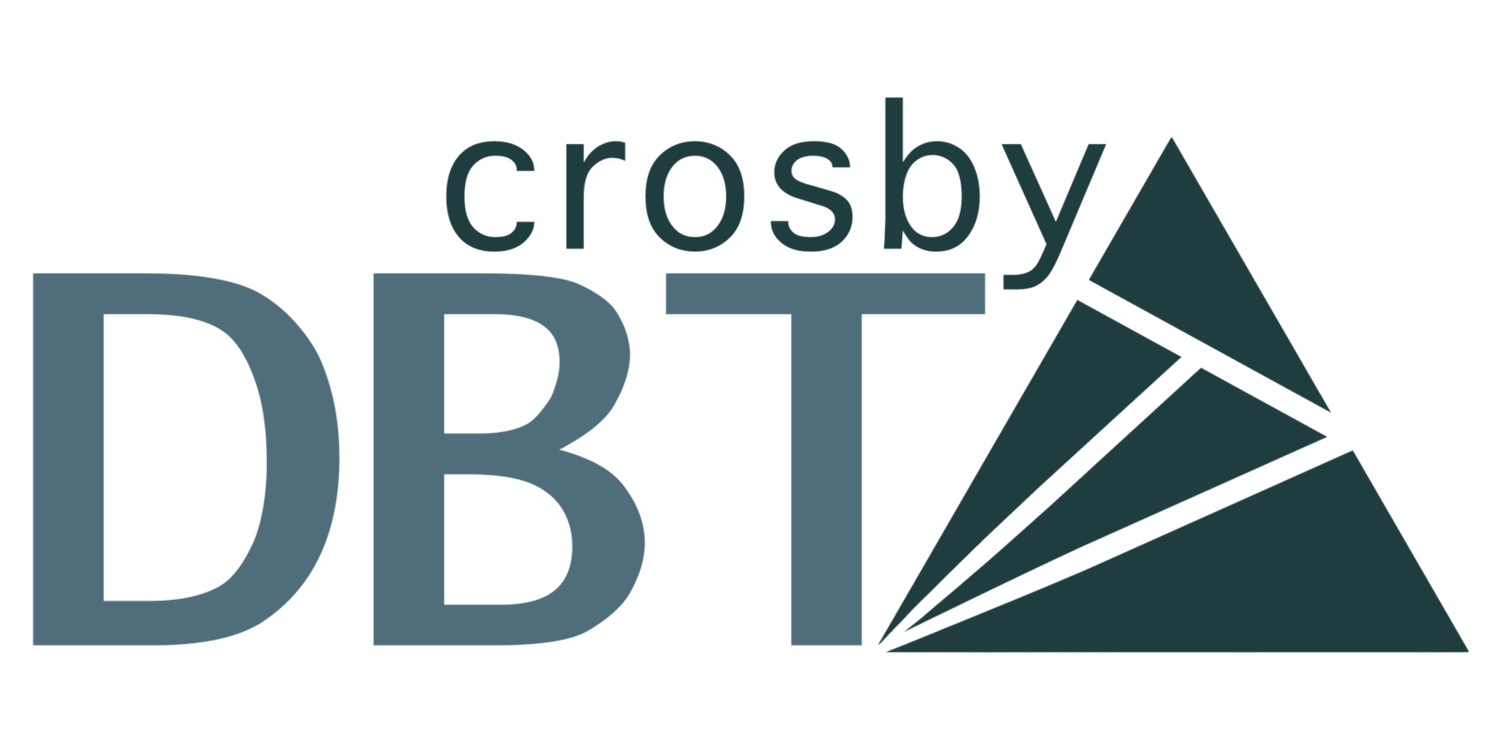What Does a Typical EMDR Session Look Like?
What to Expect from this Powerful Trauma Treatment
If you’ve been exploring trauma therapy, you might have come across EMDR—Eye Movement Desensitization and Reprocessing. It’s a mouthful, and if it sounds a little mysterious, you’re not alone.
Many people are curious (and a little nervous) about what actually happens in an EMDR session. Will I have to talk about everything in detail? Will I lose control? Is it hypnosis?
Let’s break it down.
First, What Is EMDR?
EMDR is a structured, evidence-based therapy that helps people heal from trauma, PTSD, anxiety, and other overwhelming experiences by helping the brain reprocess distressing memories.
Instead of talking about the trauma over and over, EMDR helps you access your brain’s natural healing process—much like how the body heals from a physical wound.
It does this by combining focused memory recall with bilateral stimulation (usually side-to-side eye movements, tapping, or sounds).
The EMDR Process: An Overview
EMDR follows a standardized 8-phase protocol, but here’s what a typical session might look like once you’ve completed the preparation work:
Phase 1–2: Getting Ready (Before Processing Starts)
In your first few sessions, your therapist won’t jump straight into trauma memories. Instead, they’ll help you:
Understand how EMDR works
Identify your goals and specific target memories
Strengthen your coping skills and internal resources (like a calm place visualization or grounding techniques)
Build trust and a sense of safety in the therapeutic relationship
Once you’re ready, processing can begin.
A Typical EMDR Processing Session
Here’s what you can expect in a typical EMDR session during the reprocessing phase:
1. Target a Memory
Your therapist will help you choose a specific memory to focus on. You’ll identify:
A vivid image or part of the memory
A negative belief about yourself related to that memory (e.g., “I’m powerless,” “It was my fault”)
Emotions and body sensations connected to it
A more adaptive belief you’d like to believe (e.g., “I did the best I could”)
You’ll rate how disturbing the memory feels (SUDS score) and how true the positive belief feels (VOC score).
2. Begin Bilateral Stimulation
You’ll focus on the memory while engaging in bilateral stimulation, which might involve:
Following the therapist’s fingers or a light bar with your eyes
Listening to alternating tones through headphones
Tapping on your hands or knees in a left-right rhythm
This goes on in short sets, usually 20–40 seconds at a time.
3. Observe What Comes Up
After each set, your therapist will ask, “What are you noticing now?”
You might experience:
Images or sensations
Shifts in emotion
New insights
Body reactions
Sometimes, nothing at all—and that’s okay, too
There’s no “right” way to process. The brain is doing the work, even if it feels subtle.
4. Let the Memory Evolve
You’ll keep going through sets until the memory becomes less disturbing, more distant, or less emotionally intense. Sometimes new memories pop up—this is normal and often part of the healing process.
5. Install the Positive Belief
Once the distress is low, your therapist will help you strengthen a positive belief (e.g., “I’m safe now”) using bilateral stimulation.
6. Scan the Body
Finally, you’ll do a “body scan” to notice any lingering tension or discomfort and reprocess as needed.
After the Session
It’s common to feel:
Relief or lightness
Fatigue
Emotional or thoughtful
More connected to yourself
You may continue to process the memory in dreams, thoughts, or body sensations after the session. Your therapist will help you prepare for this and give you tools to ground and self-soothe.
Final Thoughts
EMDR is often described as a gentle but powerful therapy. You remain fully in control and aware throughout the session—this isn’t hypnosis. You don’t need to share every detail of the trauma to heal.
Instead, EMDR helps your brain do what it was wired to do: make sense of what happened, store it in a healthy way, and move forward.
You’re not broken. Your brain just needs support to finish the healing it started.
If you're considering EMDR and want to learn more about what the experience might be like for you, don’t hesitate to reach out for a consultation.
